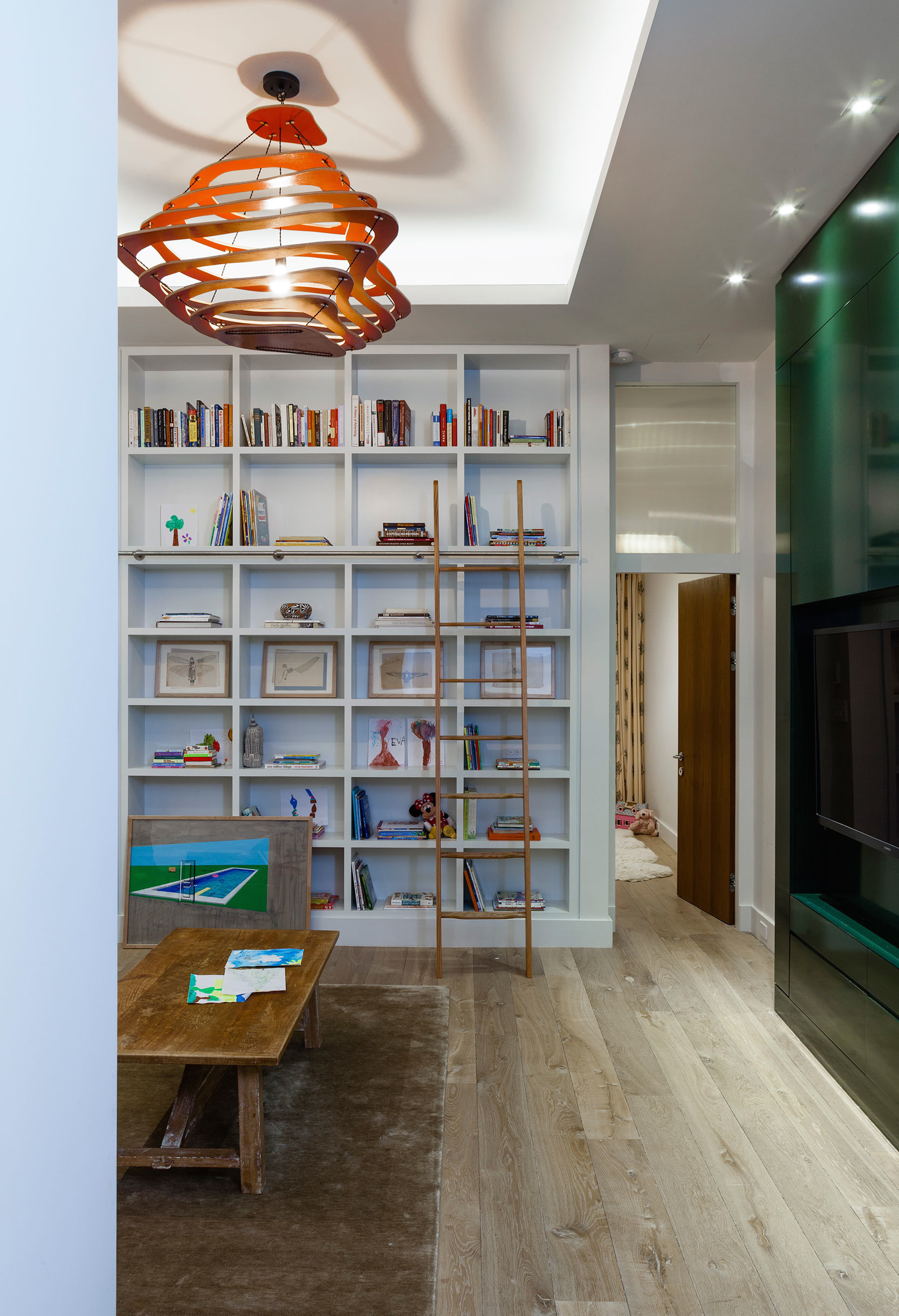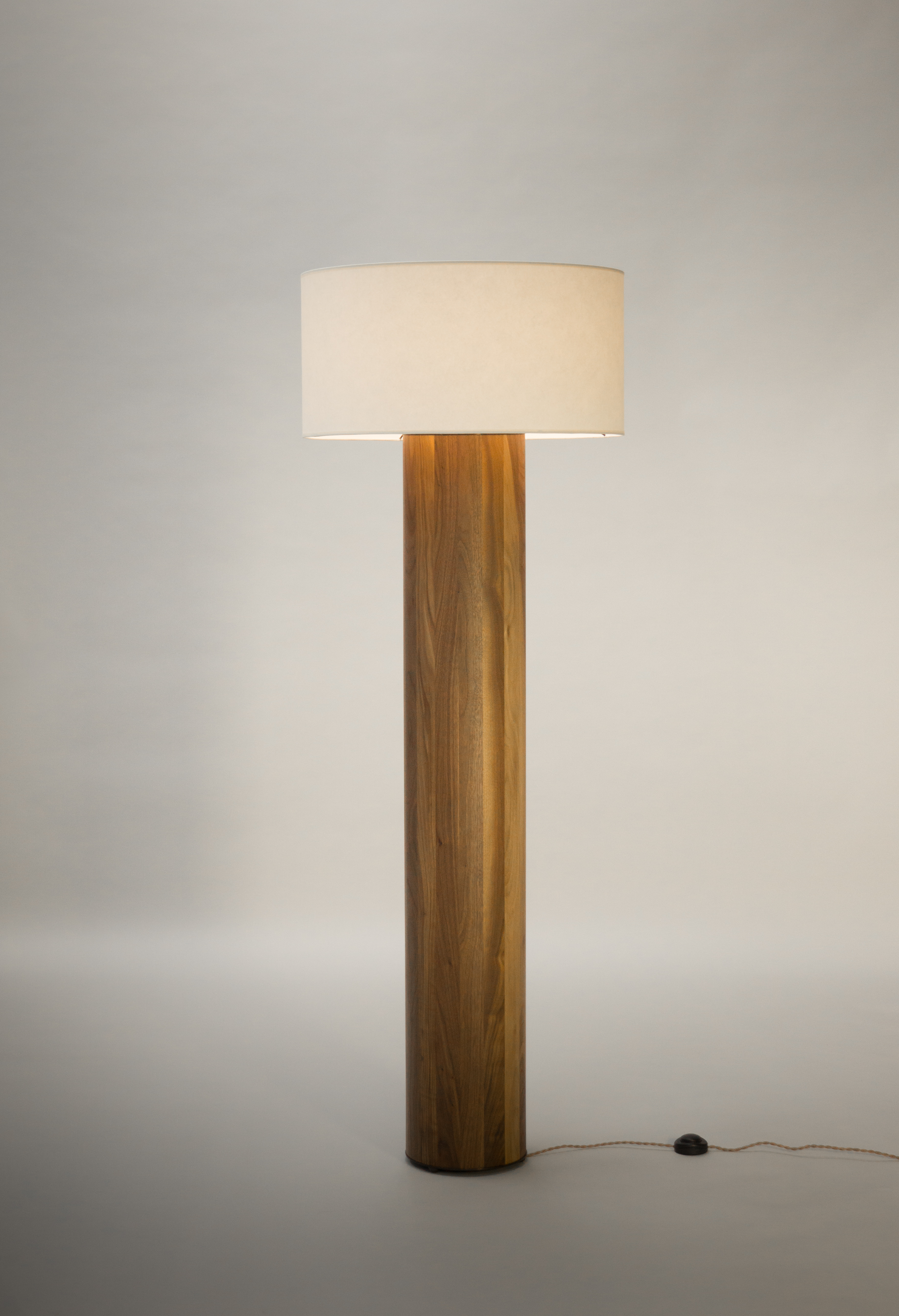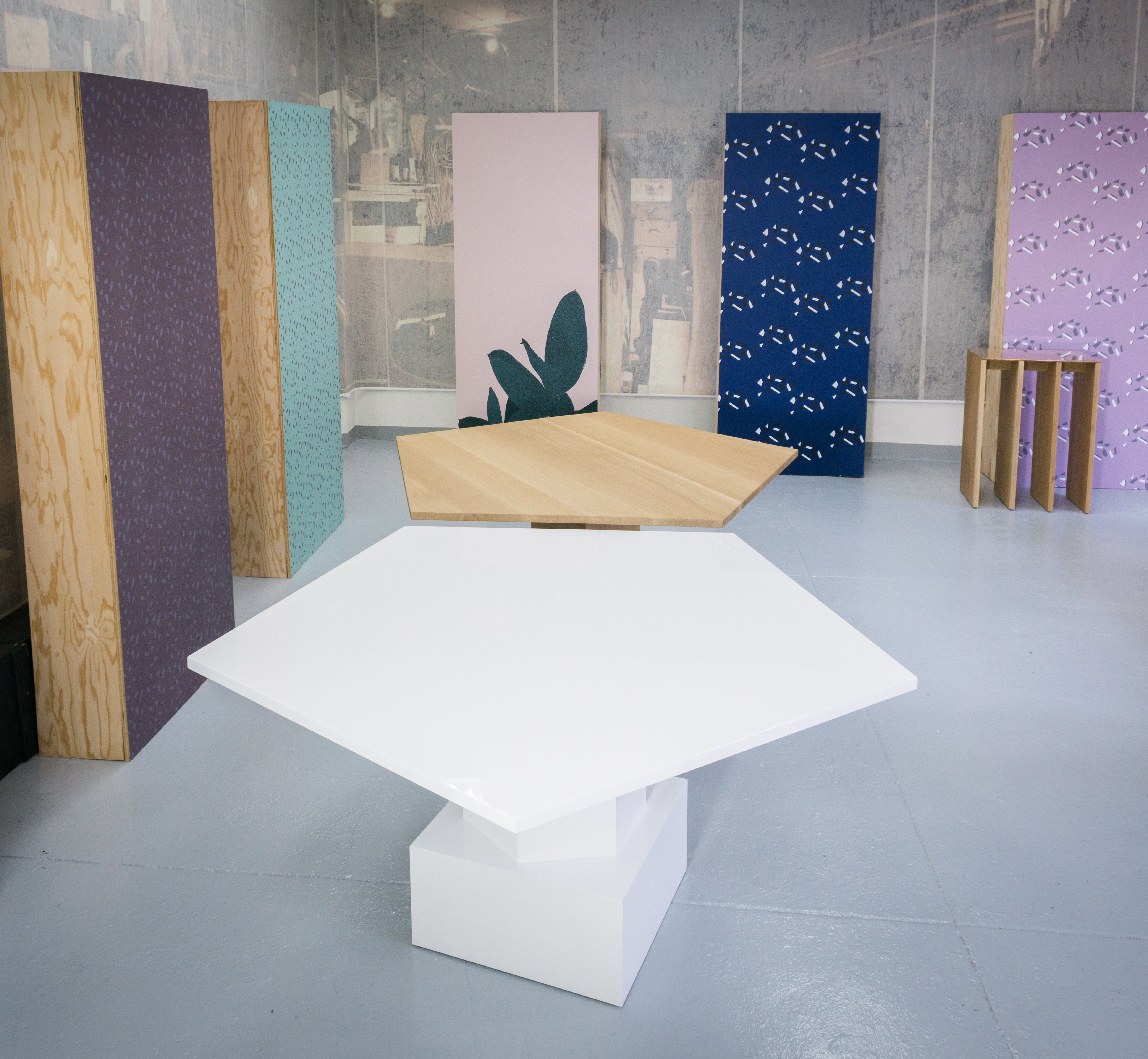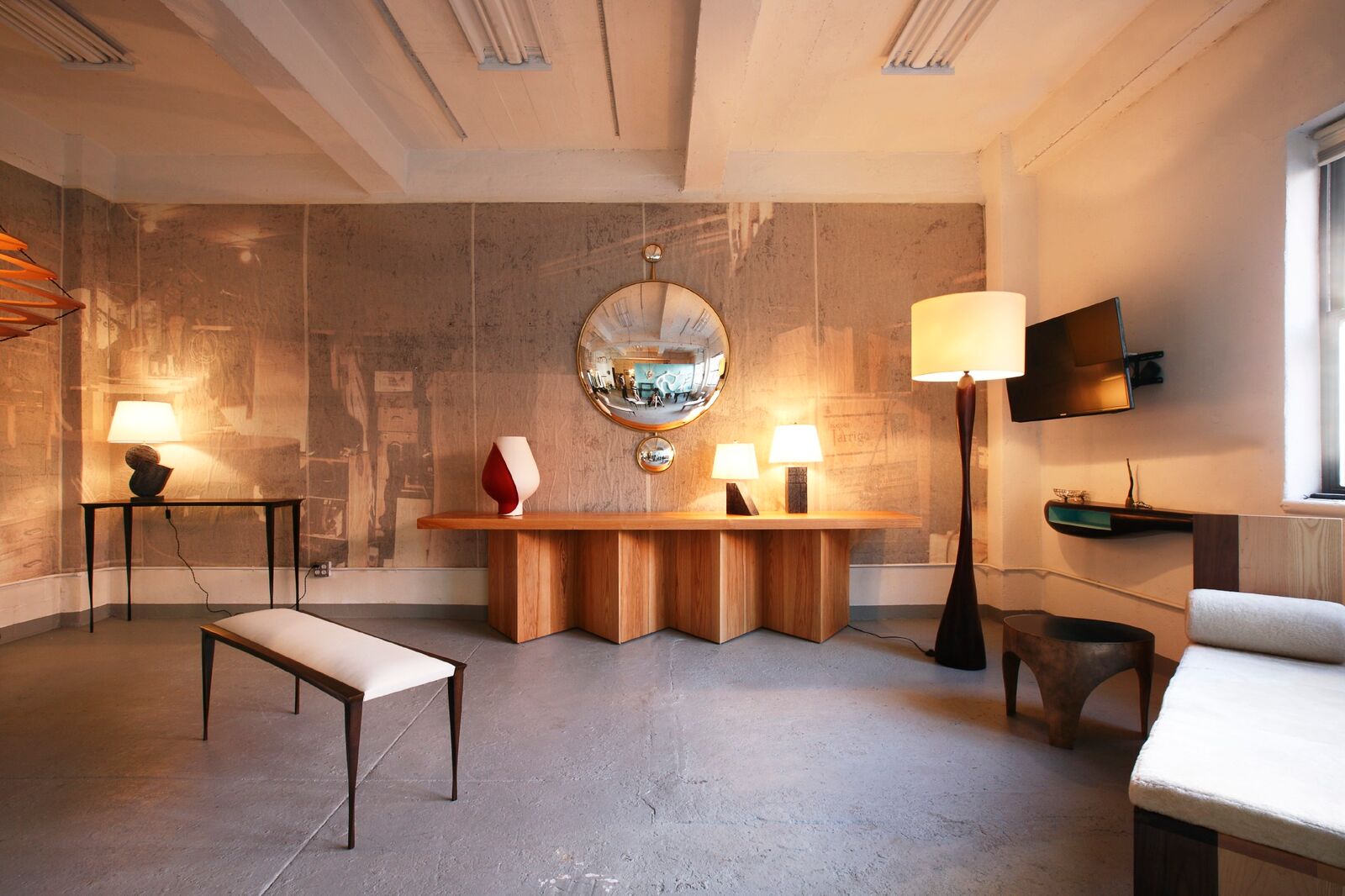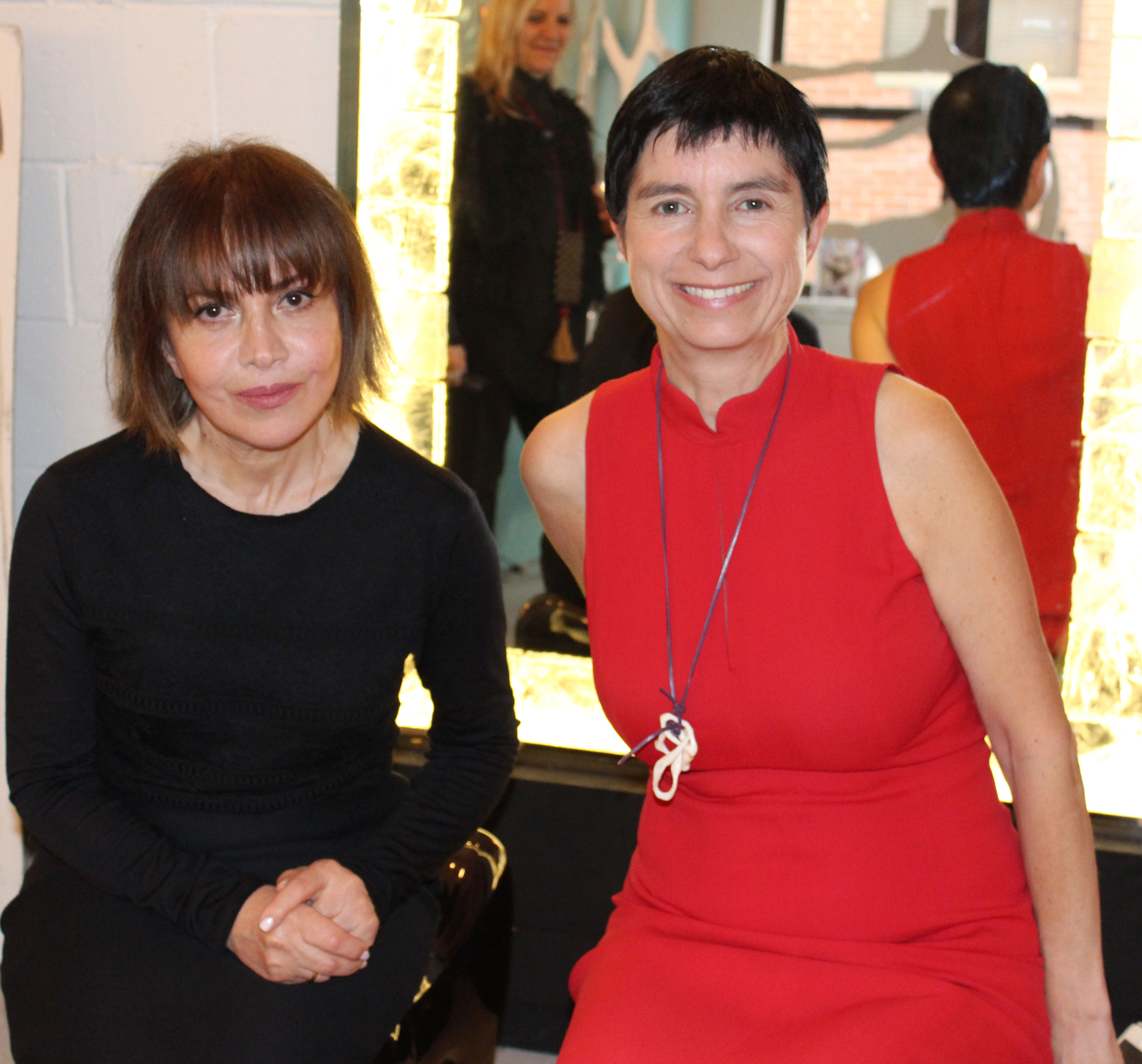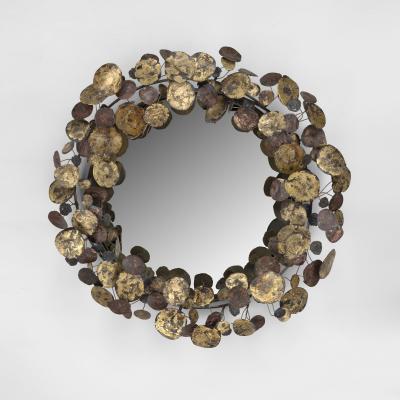Tinatin Kilaberidze, Architect, Interior Designer & Furniture Designer
Valerie Goodman, owner of Valerie Goodman Gallery in New York City, visited Holiday House NYC in 2012 because she was loaning pieces to designers. As Valerie toured each room, she discovered a designer she had not previously encountered, Tinatin Kilaberidze. “It was pure, it stood out, it was witty… It was beautiful in general,” Valerie said of Tinatin’s room. “There were a few well-picked things, instead of a lot of pieces. I was enchanted by it; we connected after that.”
Soon after meeting, Valerie invited Tinatin Kilaberidze, a Georgian-born interior architect, designer and artist, to her gallery and Tinatin immediately began purchasing pieces for her interior design clients. Valerie learned that Tinatin had developed an impressive repertoire of her own design pieces, and expressed interest in showing Tinatin’s work. “That’s what I’m interested in, as a gallerist—connecting people. I’m more of a producer than a dealer. I want to touch people emotionally,” remarked Valerie.
Beginning at a young age, Valerie naturally gravitated toward the arts. She has produced films, managed musicians, and worked with artists and photographers. Her greatest talent is to connect people and bring them something that is not readily available; something that they have not seen yet that speaks to them and impacts their lives. In many ways, Valerie Goodman’s gallery is an extension of herself, as she connects artists with an audience eager to discover them.
|
Tinatin Kilaberidze’s upbringing in the capital city of the Republic of Georgia, Tbilisi, opened her eyes to the art and design of the East and West in equal measure. Tbilisi is a city based on the ancient Silk Road, spanning from China to Europe. One can feel the influence of the East, Middle East, and the Western World, which was introduced in the 18th century. Tinatin's hometown shaped her aesthetic, her perspective, and continues to serve as inherent inspiration for her creative endeavors. Her grandparents’ and her parents’ houses were decorated with a wide-ranging array of Persian rugs, mid-century modern furniture and numerous hand-made items from around the world. Growing up in such an environment meant there was no shortage of inspiration for Tinatin to draw from.
Tinatin Kilaberidze quips that her passion for design must have been coded in her DNA. Her grandfather began his career working in architecture in Germany when he was very young. He snuck back into Georgia during the Stalin period, bringing tools with him to design furniture and practice architecture. Tinatin’s father also became a designer, so it was no surprise when Tinatin herself, who grew up as an artist, followed their familiar footsteps. She attended an advanced children’s art school in Tbilisi, where she learned to create everything from scratch. There was no free market at the time, as Georgia was then a part of the Soviet Union. The scarcity of certain materials drove Tinatin to learn exactly how everything was made and become an expert with the materials to which she had access. Out of this inherent curiosity and desire to create, despite challenging circumstances, a designer with a truly unique aesthetic emerged. She absorbed the way Eastern and Western design both have a sense of balance, and use the golden mean. Both have their strategies of disciplining and idealizing nature. Tinatin Kilaberidze incorporates her fluency in both these traditions into her identity as an architect and designer.
After receiving two Master's degrees in interior design and architecture at the Academy of Art in Tbilisi, she eventually moved to Vermont to work in the New England area as an architect and interior designer. Tinatin connected with various skilled craftspeople that worked with wood and other raw materials, and was inspired to create pieces for her clients when she could not find exactly what she envisioned. For Tinatin, designing spaces using the creations of others simply wasn’t enough—she also wanted to develop her own ideas. She went on to establish Tinatin Kilaberidze Design, Inc. in New York in 1991, where she specialized in high-end design for commercial, hospitality, residential and historic restoration projects throughout Europe and the United States.
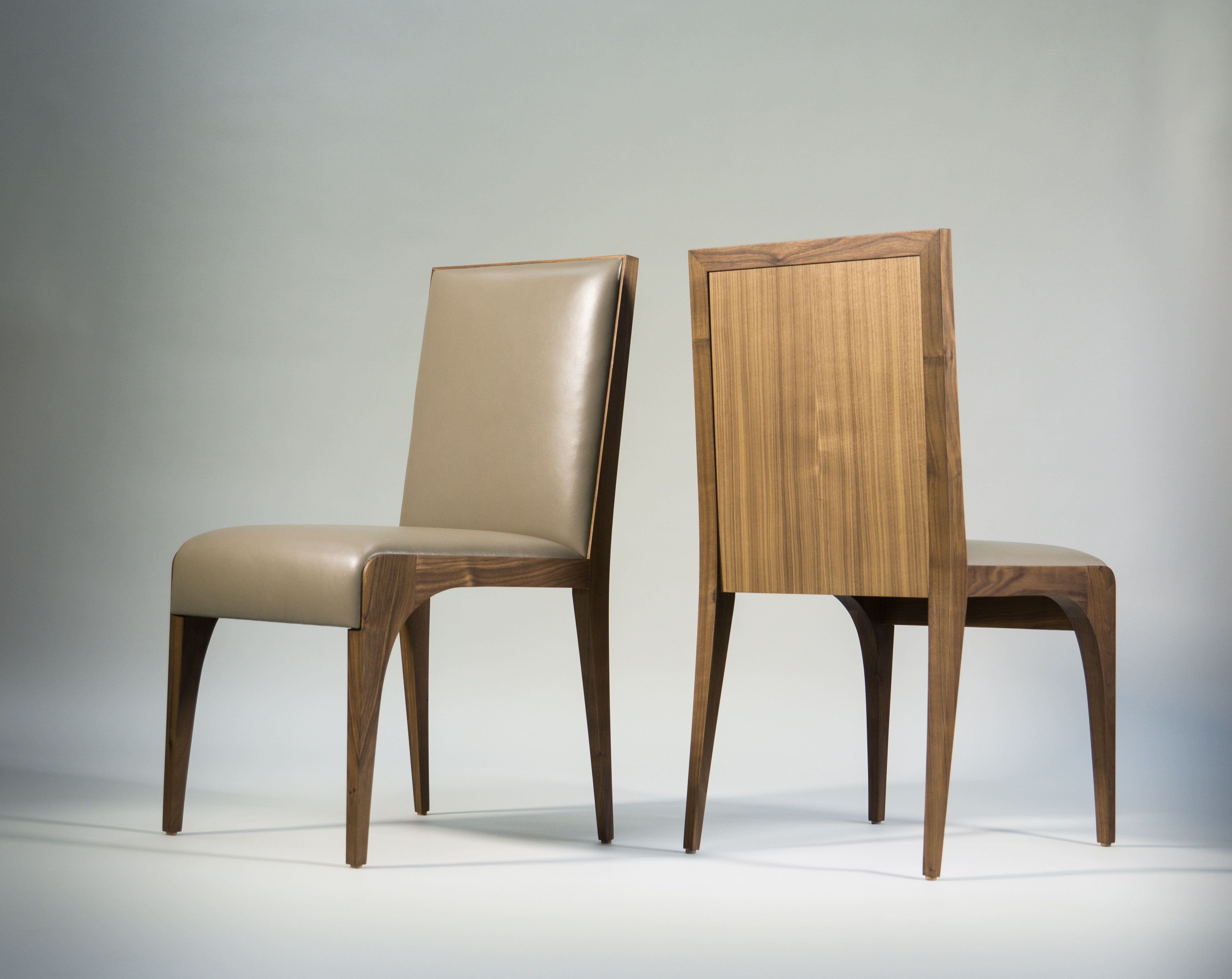
- Dining chairs designed by Tinatin Kilaberidze. ©Garret Linn, courtesy of Valerie Goodman Gallery.
Tinatin Kilaberidze has always had a curious mind. She has long been interested in finding out where we, as humans, came from, and where we are going. Her deep passion for literature and history developed as she sought to gain insight into life’s important questions and understand the people around her. Tinatin gravitated toward non-fiction and historical stories, because they lend perspective into human nature, our desires and our interests. An avid and precocious reader from a very young age, the more Tinatin read, the surer she became that the simple books are better than stories that say so much without really saying anything at all. Her passion for history and literature is faithfully incorporated into her work. Through design, Tinatin often finds herself pursuing the answer to the question, “Does this help us grow as humans?” If so, she follows the path where her inspiration leads.
Tinatin's oeuvre includes tables, consoles, benches, sleeper chairs and armchairs, which can be ordered with custom upholstrey; she also designs elegant lighting and her own wallpaper. Her design aesthetic embodies the simplicity, geometry and balance found in nature. Functionality is key, but equally important is the expression of the intricacies of nature. To Tinatin, the superfluous is painful, but there is splendor to behold in highly refined, yet natural materials. She approaches design honestly, and creates unique, timeless spaces with clean lines that incorporate what is profoundly important to us. Her designs are meant to touch us emotionally and aesthetically, and instill a sense of unexpected excitement, lightness and positive energy.
Valerie Goodman believes that Tinatin's design pieces express what Tinatin is feeling about the world around her. Her designs are not solely pieces of furniture; they live around you and are part of your environment. “What’s transmitted in the pieces is that Tinatin really has this love for life. She’s incredibly generous; it’s a really important quality in this world. She is also rigorous, knows exactly what she wants, and thinks about every detail,” Valerie says. Valerie Goodman Gallery is located at 315 East 91st Street, 4th floor, New York, NY.















